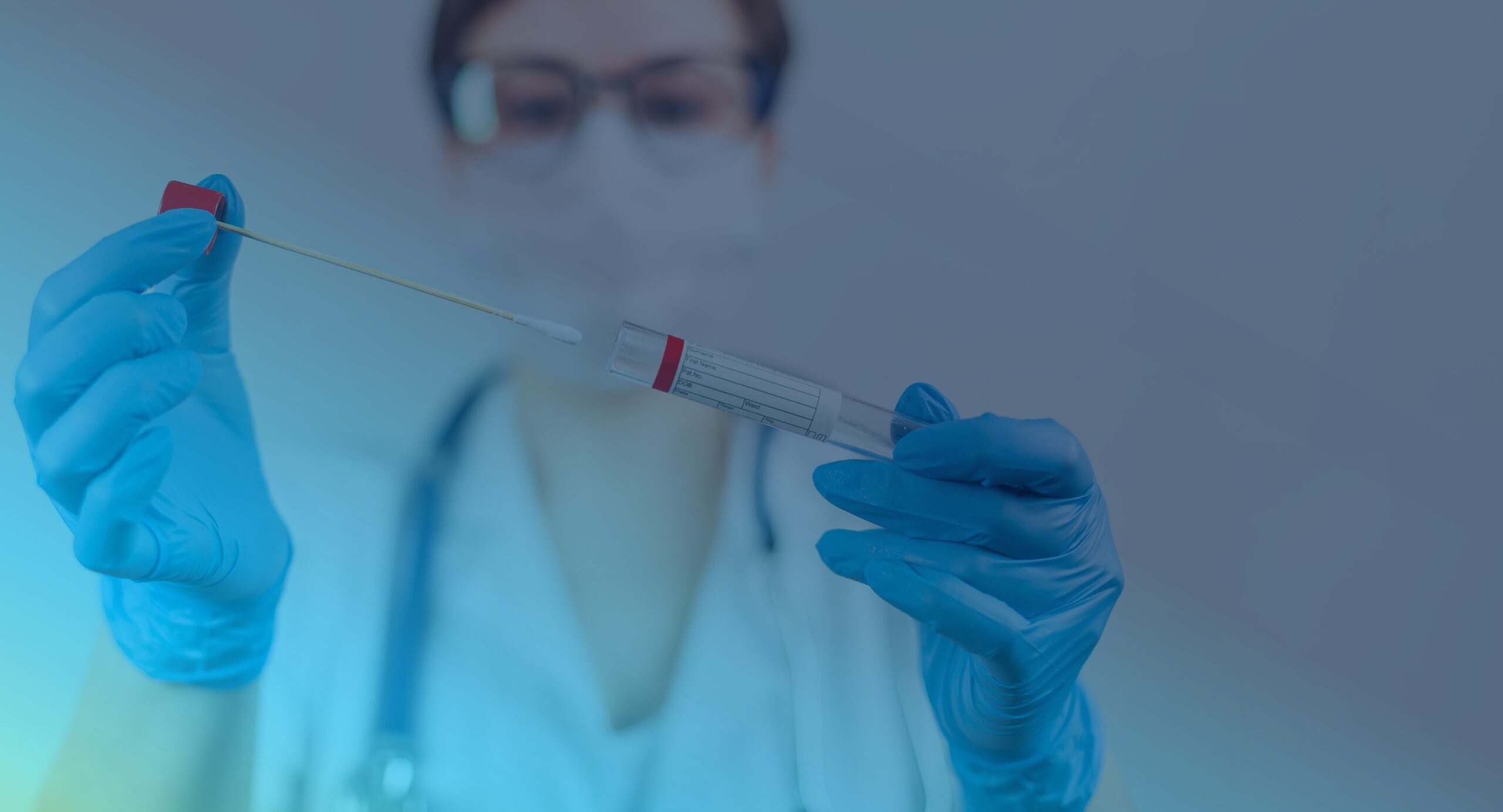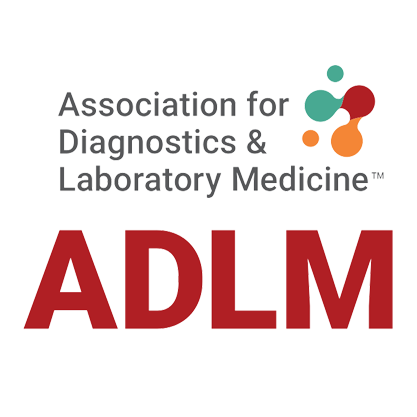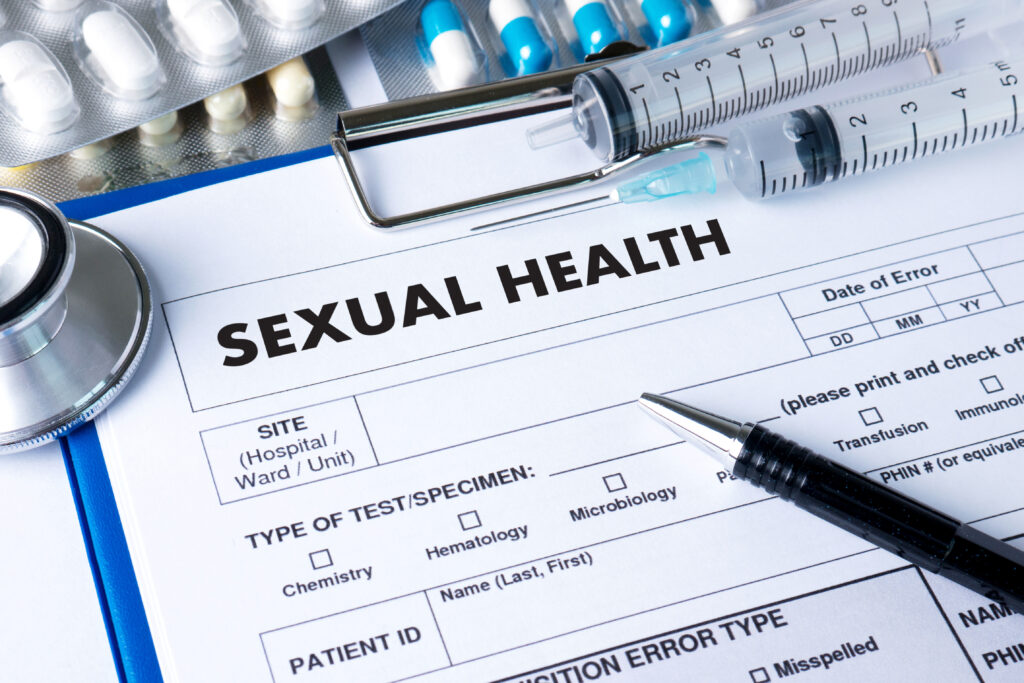
As the pandemic has struck the predicted second wave, public struggles persist with lifestyle restrictions, but our knowledge to identify and fight the virus has significantly progressed.
With tests developed, distributed and administered satisfactorily for most symptomatic sufferers (PCR), and the vaccine roll out for the most vulnerable, science and medicine turn to consider the silent carriers of SARS-CoV-2…the asymptomatic vectors.
The case for rapid antigen testing using Lateral Flow
At present testing generally consists of Polymerase Chain Reaction (PCR ) or Lateral Flow Tests (LFT) also known as rapid or antigen tests. Writing on these previously highlighted the differences and nuances of each. Regarding asymptomatic carriers it would appear that PCR will test positive for a longer period of the infection, even if the individual is not contagious. It can also take a long time to get PCR test results, often days – making them non-suitable for detecting asymptomatic carriers in everyday social settings such as schools. Lateral flow tests are considerably quicker, providing a result in 10-30 minutes, and significantly cheaper as they do not require a laboratory.

Analysis of UK mass lateral flow test events have been beneficial. It is suggested the 60% of people who had “false negative” tests in the Liverpool pilot were not contagious. As the graph shows, PCR sensitivity may be detrimental when considering the effects of extreme and unnecessary self-isolation requirements. Evaluations have shown that lateral flow tests identify 90–100% of asymptomatic individuals whose samples go on to provide viable virus in cultured samples.
Results from an American University mass testing event showed the ability to culture viable virus from a sample means the virus is capable of reinfecting, hence the individual is contagious. This study also used lateral flow tests and showed similar results to the UK. Virus samples collected were able to infect cell cultures in vitro, showing their viability. Good news indeed for identifying individuals who are asymptomatic and infectious.
Repeat testing using lateral flow tests, especially in high transition groups, medical staff, teachers and carers, with a short turn around time, will help reduce transmissions. The cost effectiveness and ease of a lateral flow test makes repeat testing an obvious option.

Not to rapid test
Evidence from mass testing events (previous blog) has suggested lateral flow tests can miss up to approximately 60% of infected people. In the UK Liverpool study a third of people tested negative even with high viral loads, implying the individuals would be infectious, even if they were asymptomatic. A negative lateral flow test would potentially release this individual into the population to spread the disease, although this assumes positive individuals ignore the guidance to not treat a negative result as a definitive confirmation of COVID-negative status. This scenario shows how important other preventative measures are, such as social distancing and hand washing. Unfortunately Liverpool, whilst providing reams of data, is also, to date (18th Jan 2021), one of the few UK areas with increased cases of the disease, even after all the lockdown measures and mass testing.
France has recently voiced its concerns over lateral flow tests and have insisted that any non-EU travellers must have a negative RT-PCR test; they will no longer accept a negative lateral flow test as sufficient for entry into France. This will inevitably feed into the public concern over lateral flow test results and cause many issues, not only because at present, certainly in the UK, you only qualify for an RT-PCR test if you are symptomatic. Medicines and Healthcare products Regulatory Agency (MHRA) have raised concerns about using lateral flow tests in UK schools as there is no ‘test-to-enable’, this had led to a pause on testing in UK schools. A test-to-enable would provide definitive results as to the infectiousness of an individual.

Mass testing has been touted as the way out of the crisis since it began. Now we are getting into a position to test everyone how might this affect human behaviour? People are encouraged to act as if they are positive for COVID-19, but the increase in testing means many will have a “negative” test and could decide to ignore social distancing guidance on the basis of it. This had been flagged as a major (hypothetical) problem by some highly-credentialed scientists taking issue with the UK’s lateral flow test testing program.
Most tests need a swab of some kind to collect their sample, exceptions being drooled saliva and blood samples. Sample collection can be uncomfortable but most willingly go through the procedure. Often sample collection is supervised with the individual taking the actual sample. This has implications for correct procedure sample collection, with reports from the Liverpool mass testing suggesting the test performed worse when civilians performed their own test without supervision. For others, who are unwilling or unable to undergo the stress or complexities of testing, the test may fail from the start with inadequate sample collection. As yet lateral flow tests are not readily available without symptoms at home.
Logical Biological’s View
Our view is that lateral flow tests are a cheap and easy test that when performed on a regular basis in certain settings, schools being a prime example, can identify a substantial proportion of infectious individuals, enabling them to be removed quickly from that setting. This would undoubtedly improve the safety of those associating with them in the same setting, allowing the setting to remain open for longer, to the benefit of society. However, in order to maximise the utility of such an approach a minimum test frequency guideline should be defined in each setting. This testing should be frequent, ideally daily.
Other high risk settings are likely to include meat processing plants, university halls of residence and care homes (staff and visitors). Imagine how much safer you would be as a teacher, parent or care home resident if most asymptomatic people you or your loved ones associated with were identified and self-isolated. This would also cut chains of transmission and reduce strain on health systems. For these reasons many scientists have pushed back against the warnings from researchers with ‘unfounded criticism’ of the lateral flow test.
Currently no test can definitively assess for SARS-CoV-2 infectiousness, and to attain that ideal may take many months/years or may never happen. Heeding the prescient words of Mike Ryan at the outset of the pandemic “perfection is the enemy of the good. Speed trumps perfection”, we are frustrated at resistance from within the scientific community to the use of technologies that, despite their imperfections, are likely to have an enormous benefit to society.
Logical Biological Products
At Logical Biological we supply nasopharyngeal/oropharyngeal/nasal SARS-CoV-2, FluA and Flu B swabs available in UTM, Inactivating TM, saline or dry frozen. Negative swabs and COVID-19 / pre-COVID saliva are also available. Typically, our swabs are provided together a Ct value measured from a ‘companion swab’ taken simultaneously. We also provide serum and plasma samples from individuals infected with SARS-CoV-2 and other respiratory infectious diseases. Samples from vaccinated individuals can be collected.

Want to hear more from Logical Biological?
Sign up to our newsletter to for the latest updates.
Subscribe Now

)
